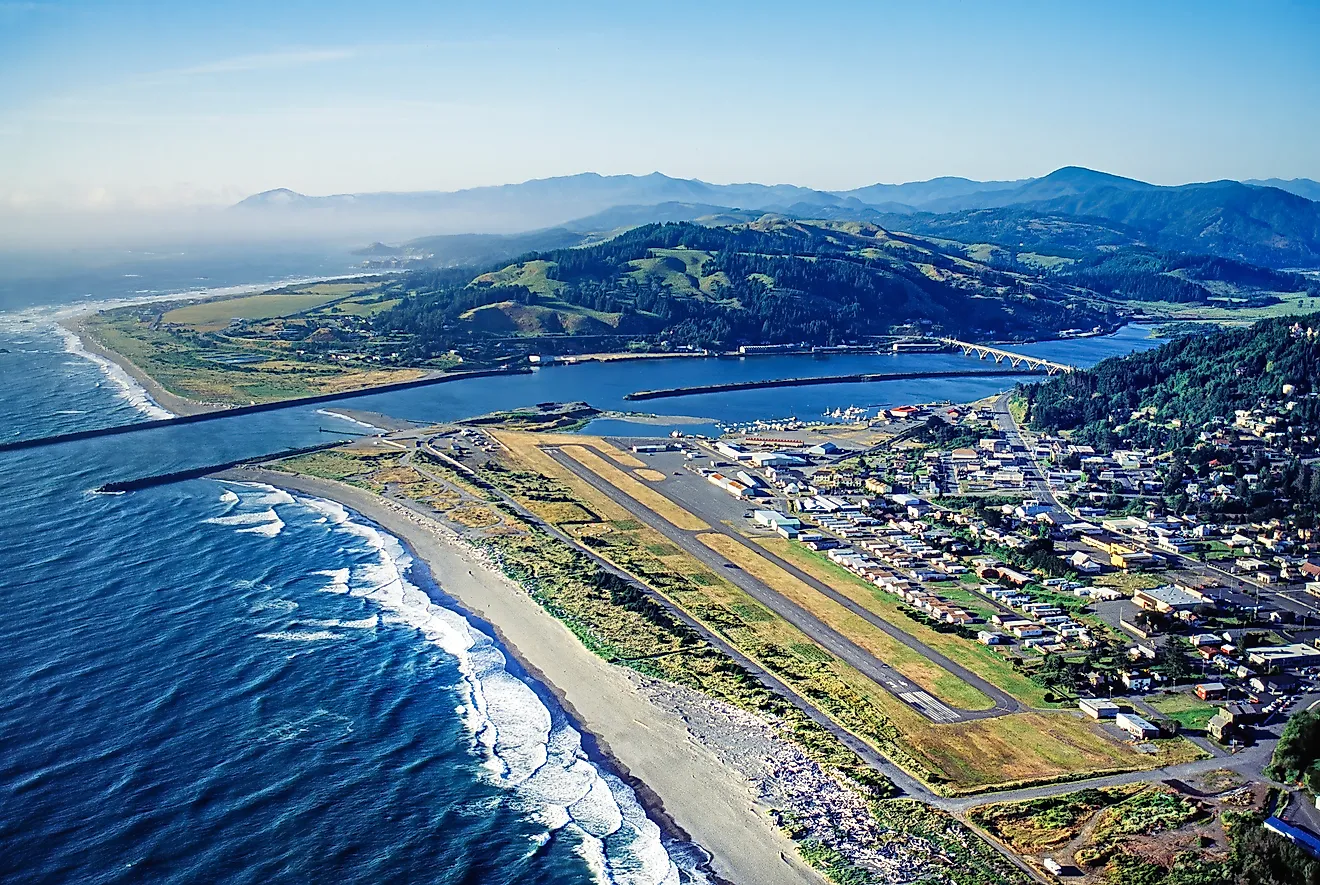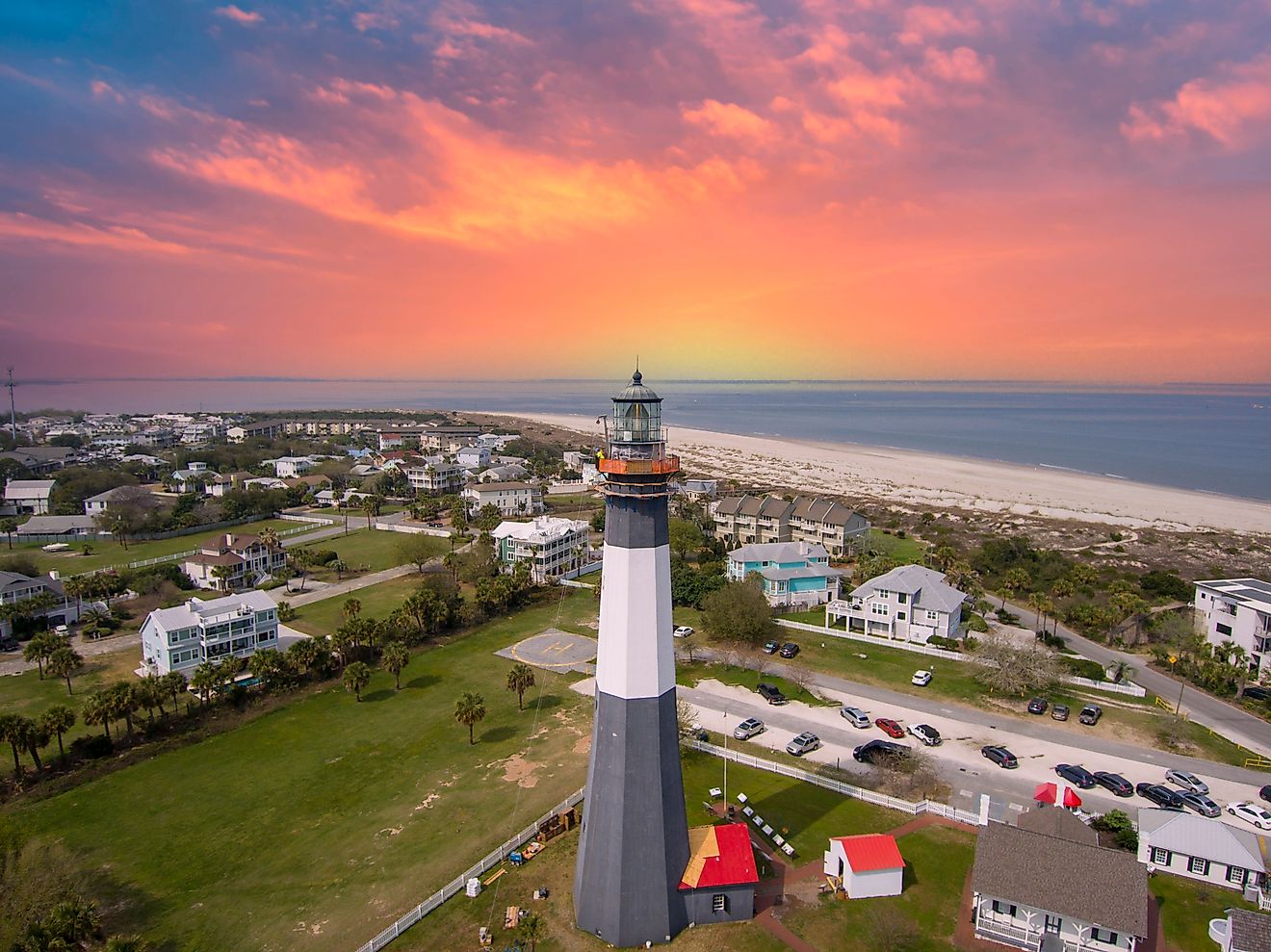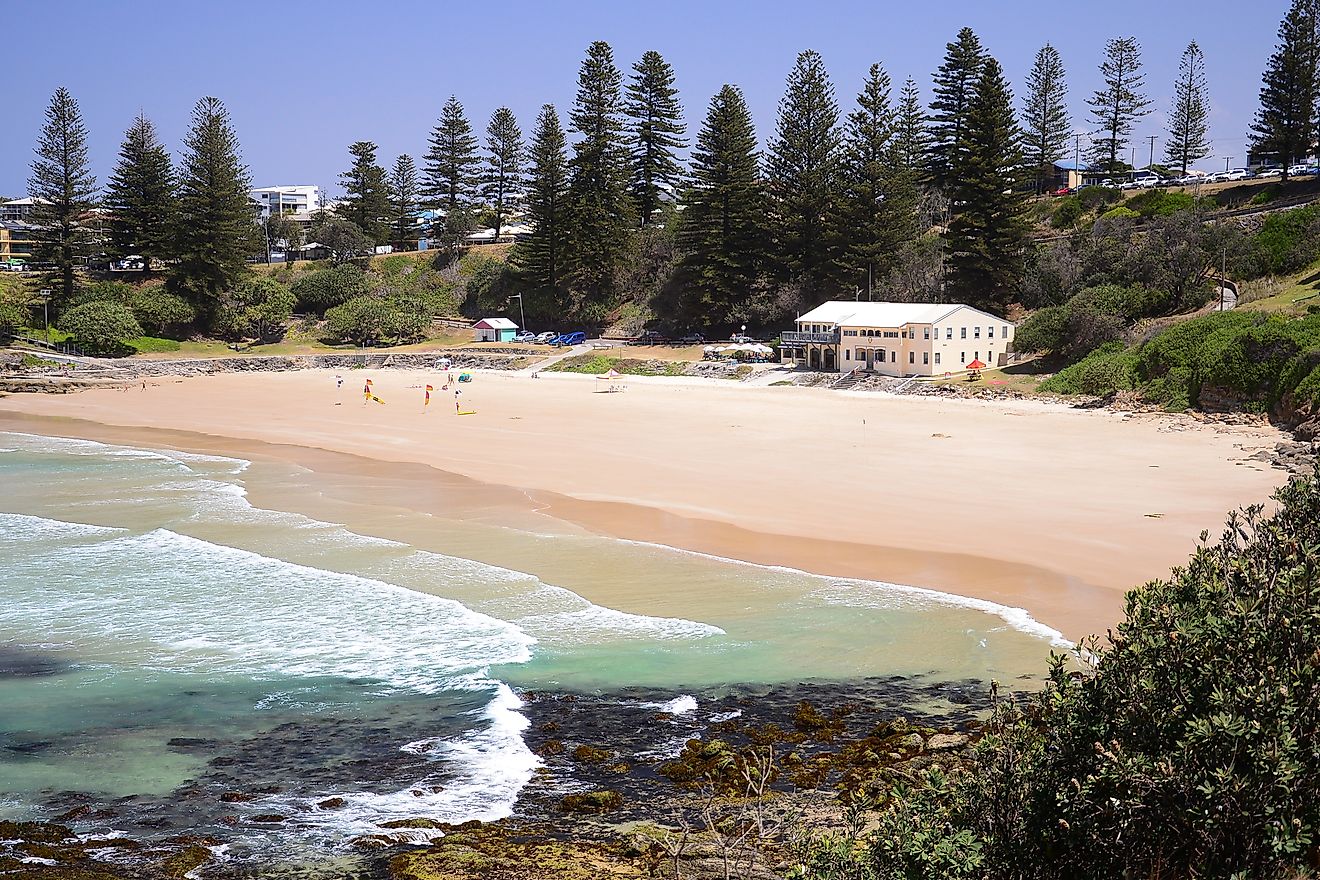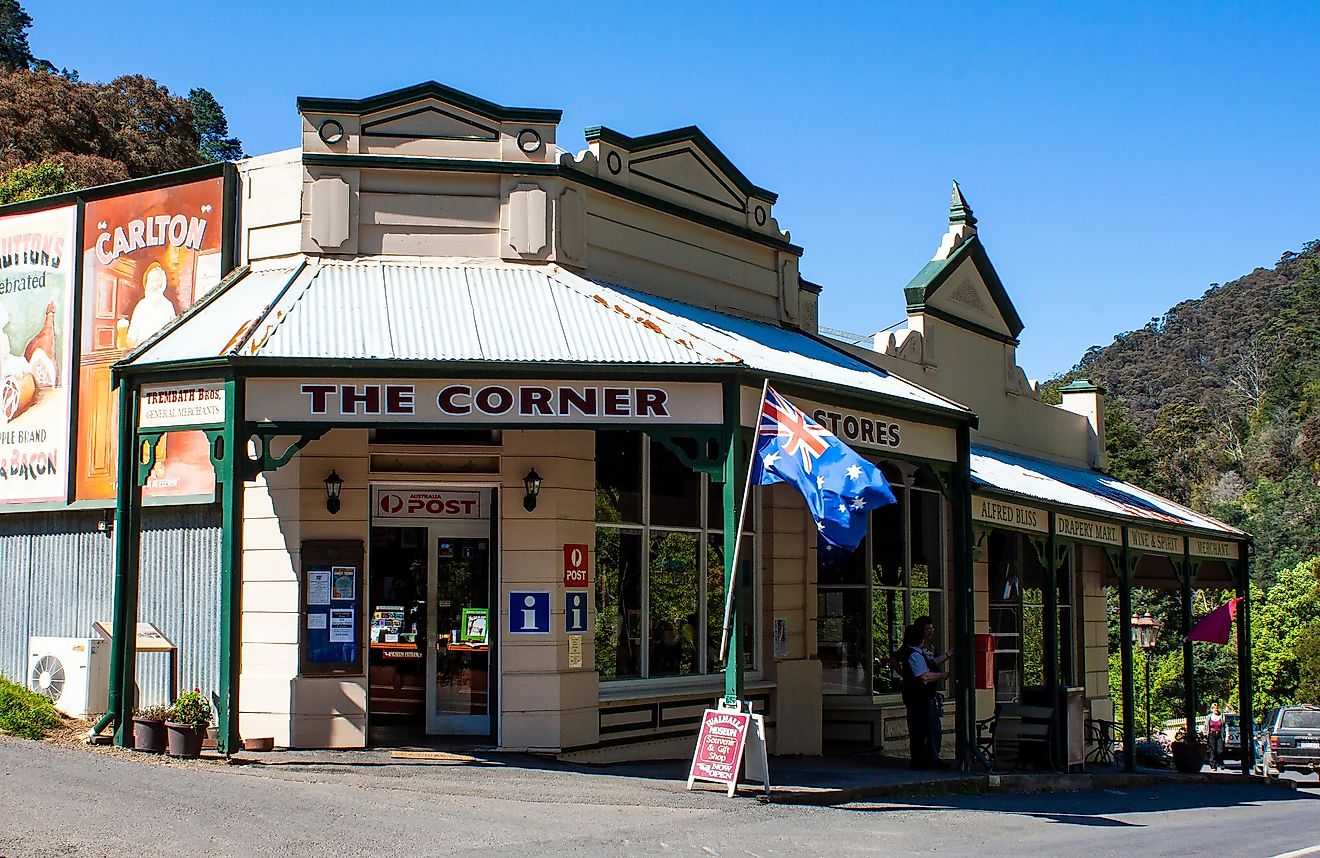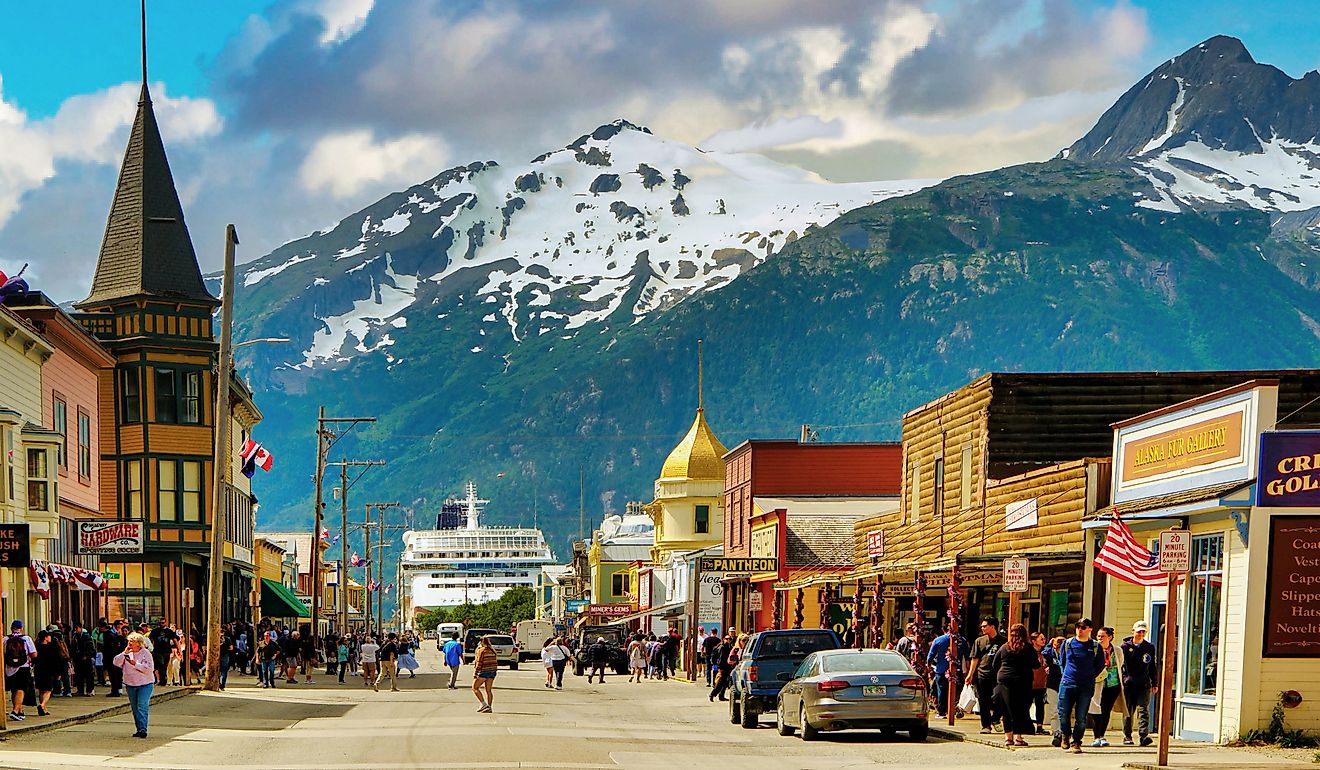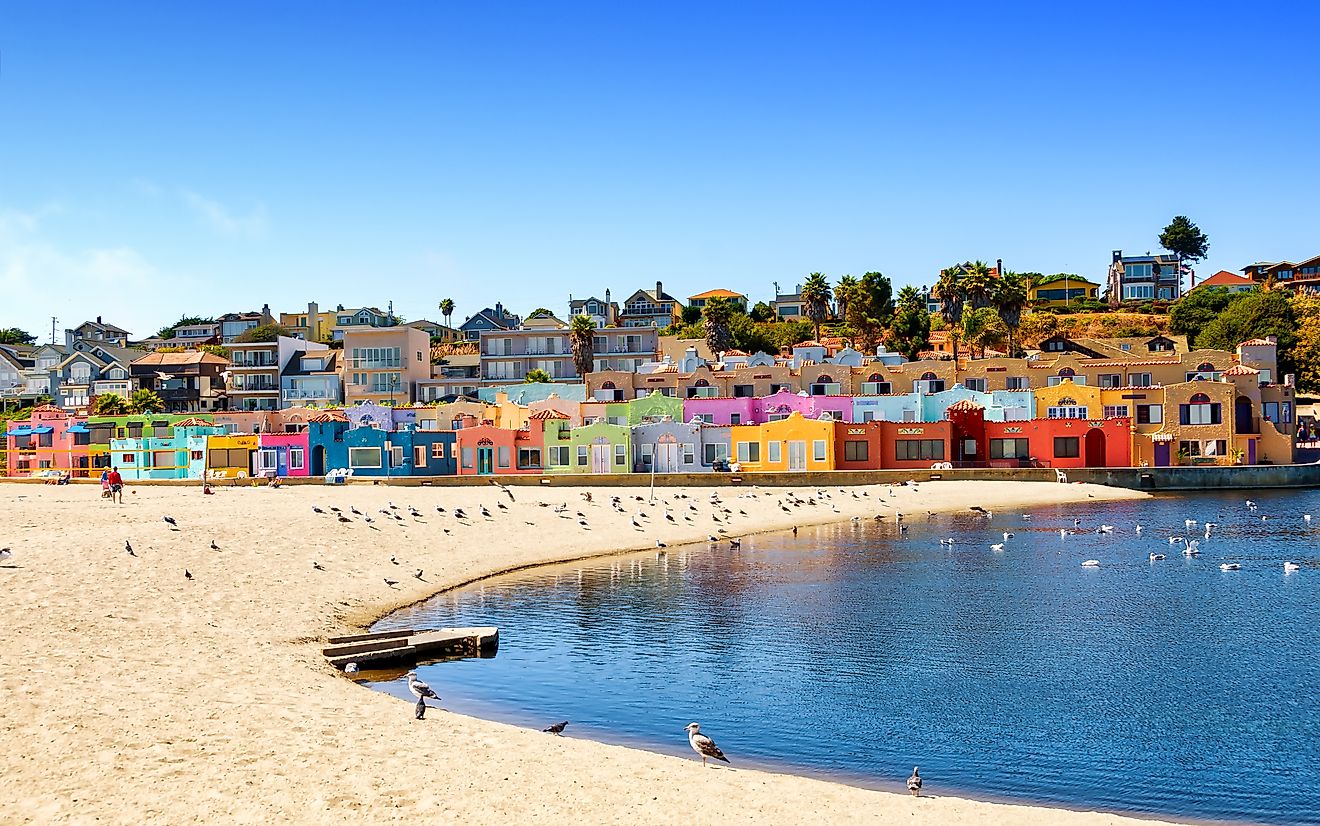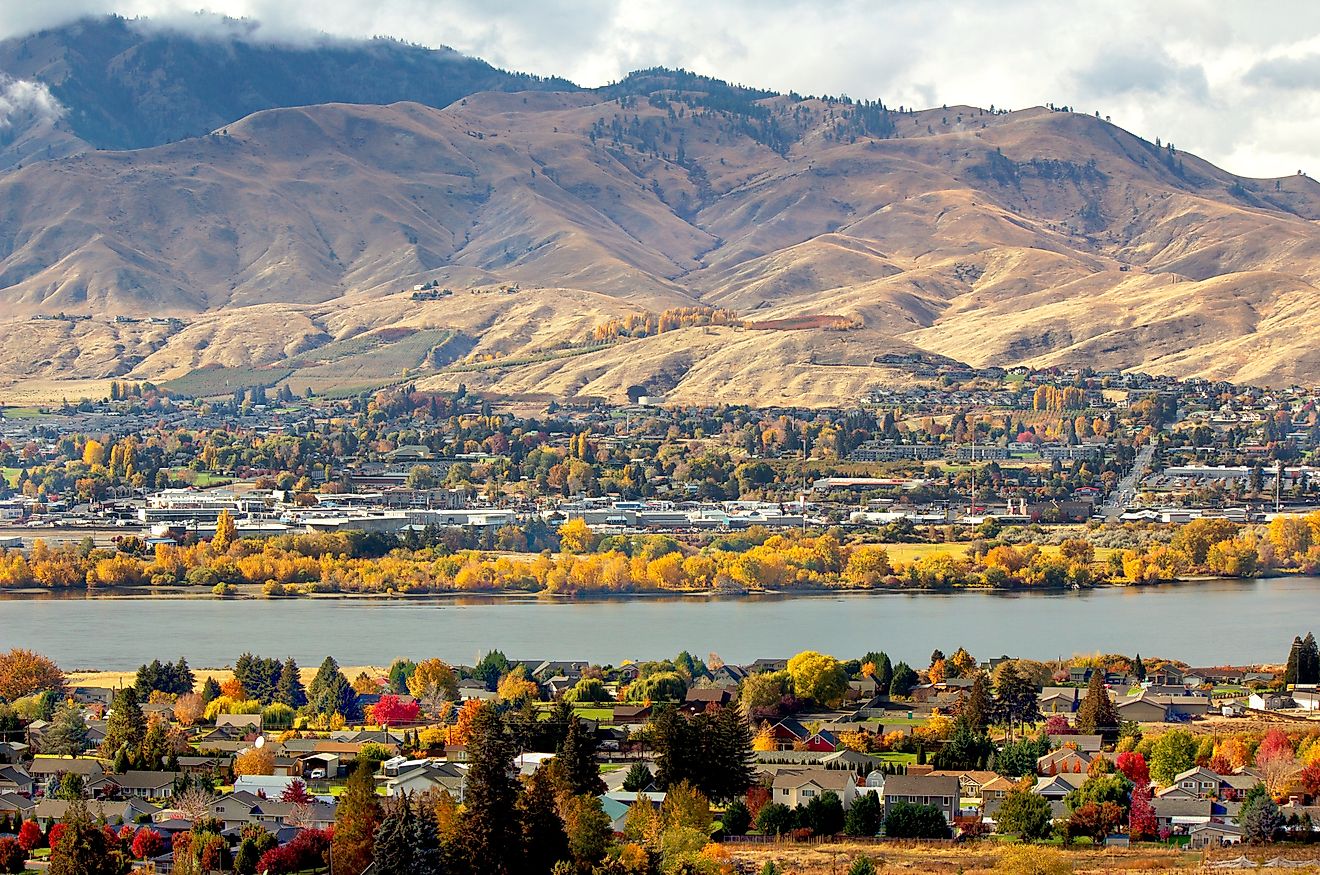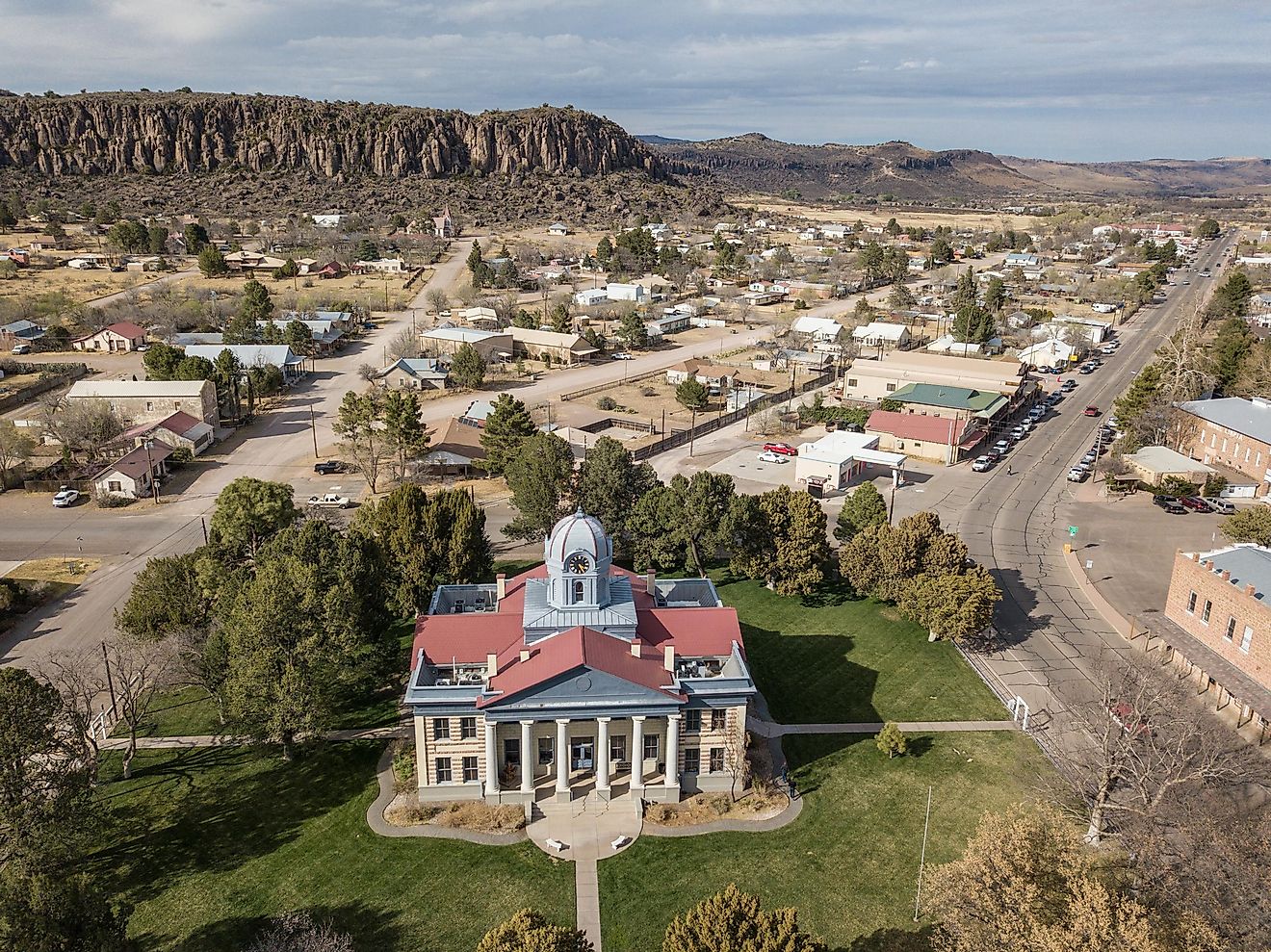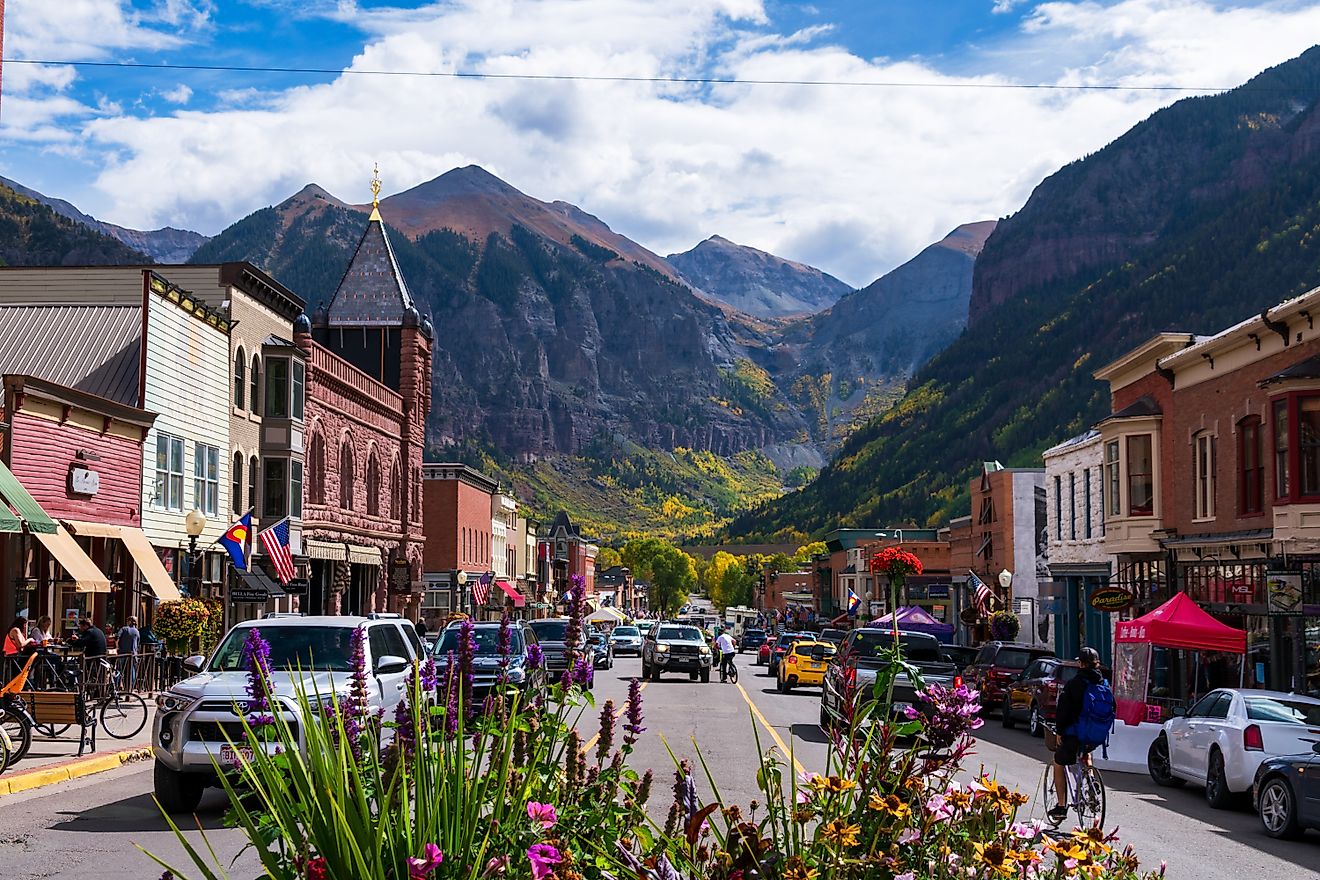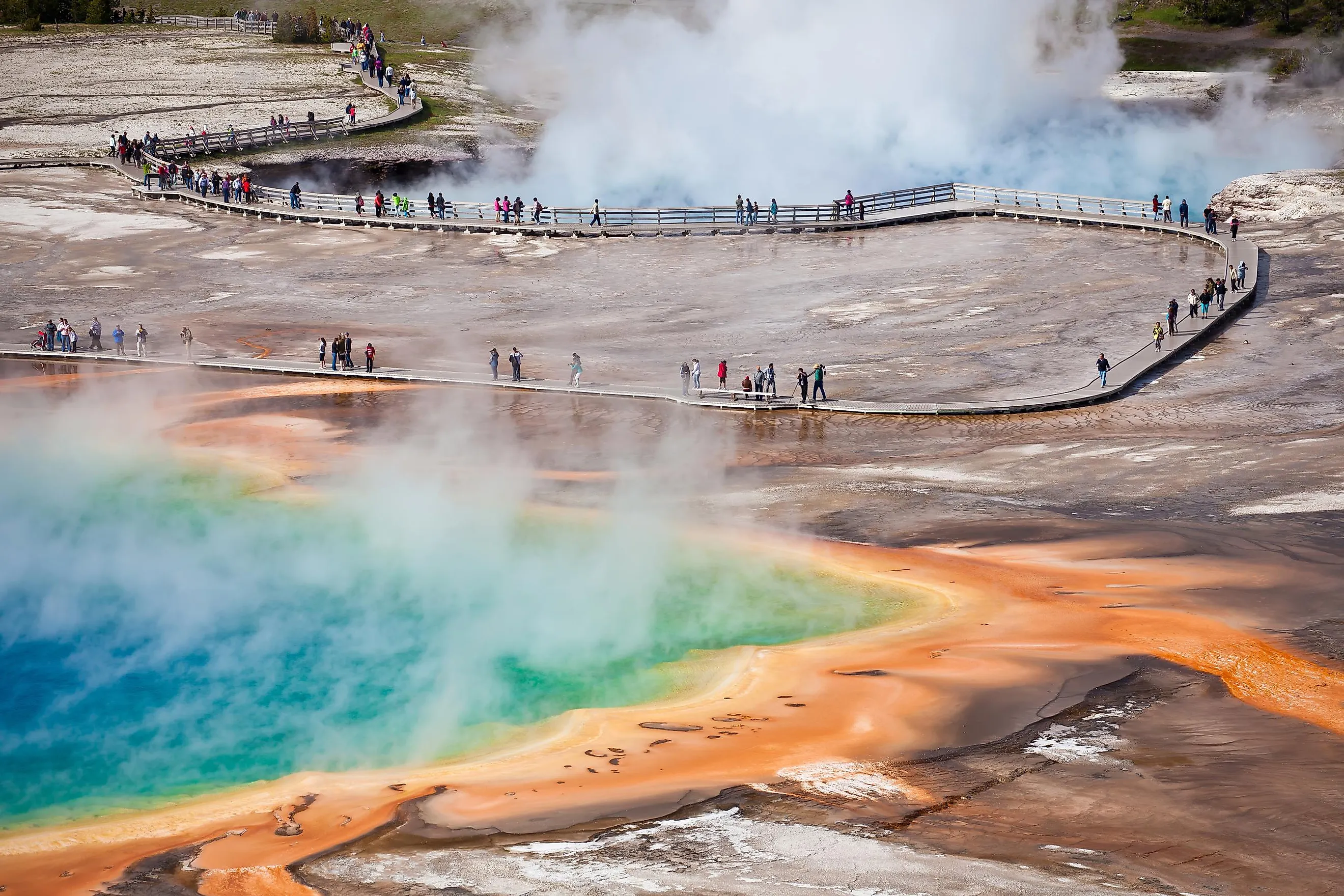
Yellowstone National Park
National Parks refers to those areas that are created, protected, and maintained by the national governments for the conservation of the natural environment. It is estimated that about 211,000 km2 land area in the United States is protected by the National Parks. All the National Parks in the United States are managed by the National Park Service which functions under the US Department of Interior.
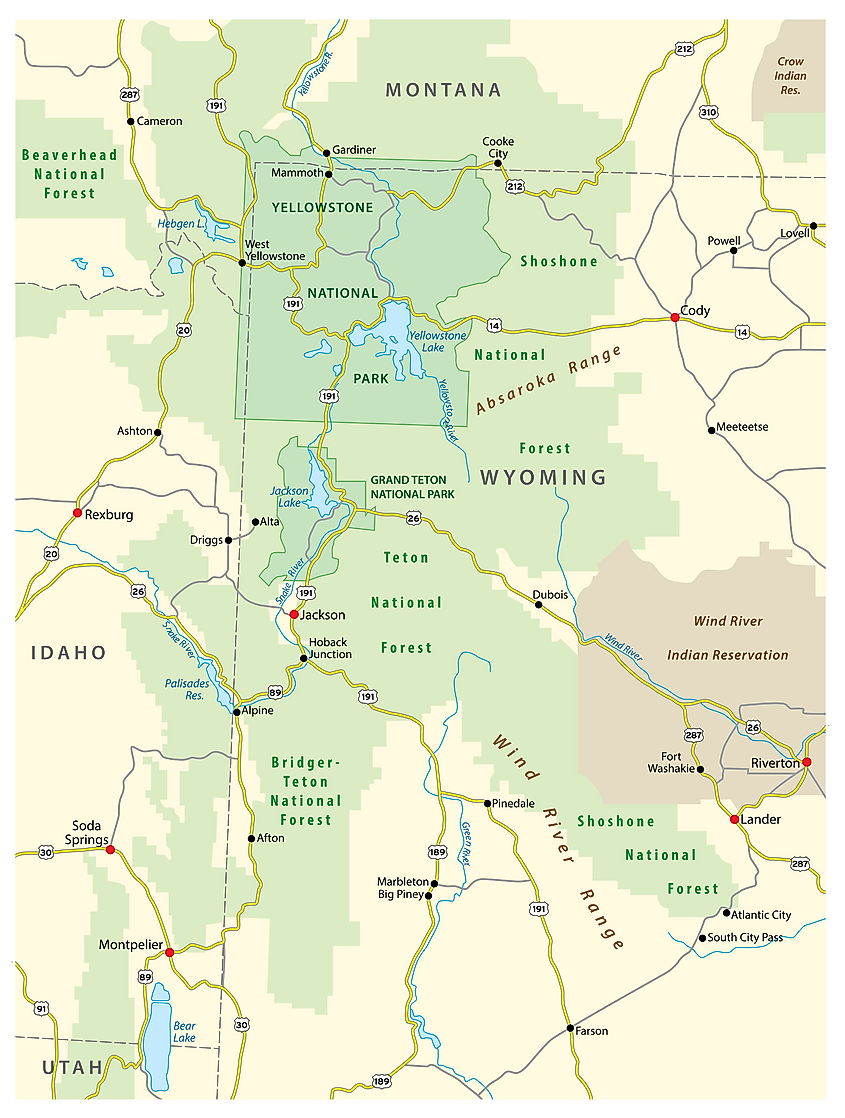
Located in the US States of Wyoming, Idaho, and Montana, Yellowstone National Park is the oldest and the most widely known park: established on March 1, 1872, it is considered the first National Park in the US and the world. Due to its rich heritage, the park was also designated as a UNESCO World Heritage Site in 1978.
Geography
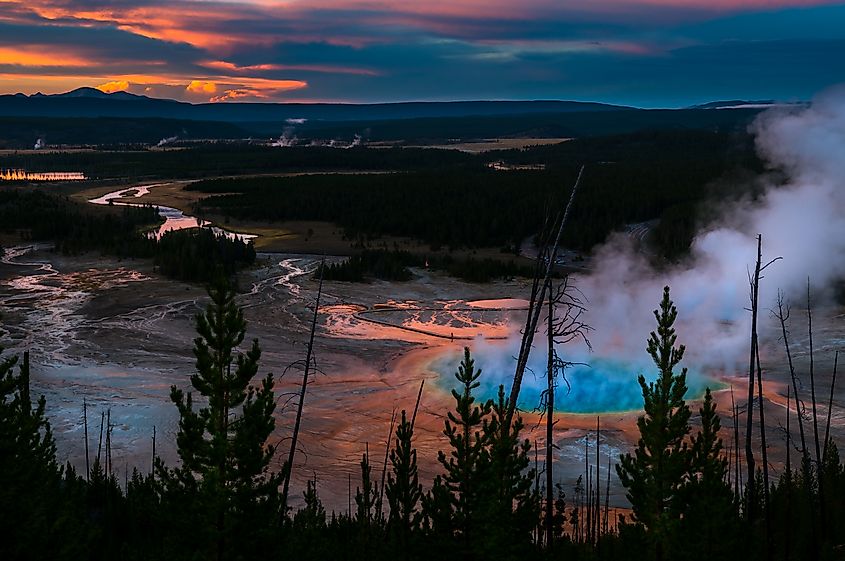
The Yellowstone National Park occupies an area of 8,983.18 km2 and is one of the most extensive National Parks in continental America. About 96% of the park’s area falls within the US State of Wyoming, while 3% area is in the State of Montana and 1% in the State of Idaho. The Park stretches across the counties of Park and Teton of Wyoming, Gallatin and Park counties of Montana, and the Fremont County of Idaho. Approximately 80% of the park’s land area is covered by forests, 5% is covered by lakes and rivers and the remaining area is covered by grasslands.
With an area of 352 km2, Yellowstone Lake is the largest freshwater lake 2,100 m above sea level in North America. Located at an elevation of 2,357 m, Yellowstone Lake is also the largest high elevation lake on the continent. The Great Continental Divide runs along the crests of Wyoming’s Rocky Mountains in the park’s southwestern portion. This dividing line acts as a watershed between the park’s two major rivers, Yellowstone and Snake Rivers. The Yellowstone River empties into the Atlantic Ocean while the Snake River drains into the Pacific Ocean. The National Park was named after the Yellowstone River.
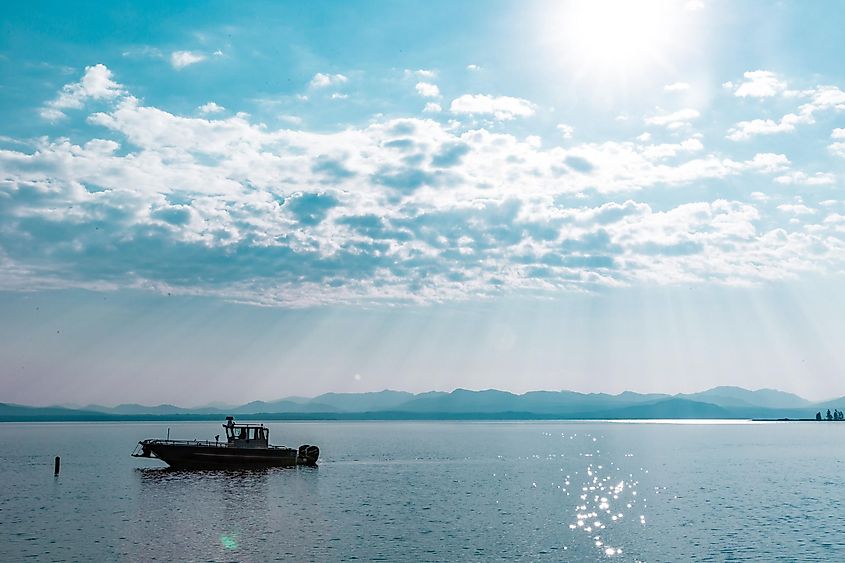
The Yellowstone National Park is situated at the top of the Yellowstone Plateau, at an elevation of 2,470 m. It is surrounded by several high mountain ranges of the Middle Rocky Mountains. Located in the Absaroka Range of the Rocky Mountains is the Eagle Peak, which rises to an elevation of 3,466 m and is the highest point in the National Park.
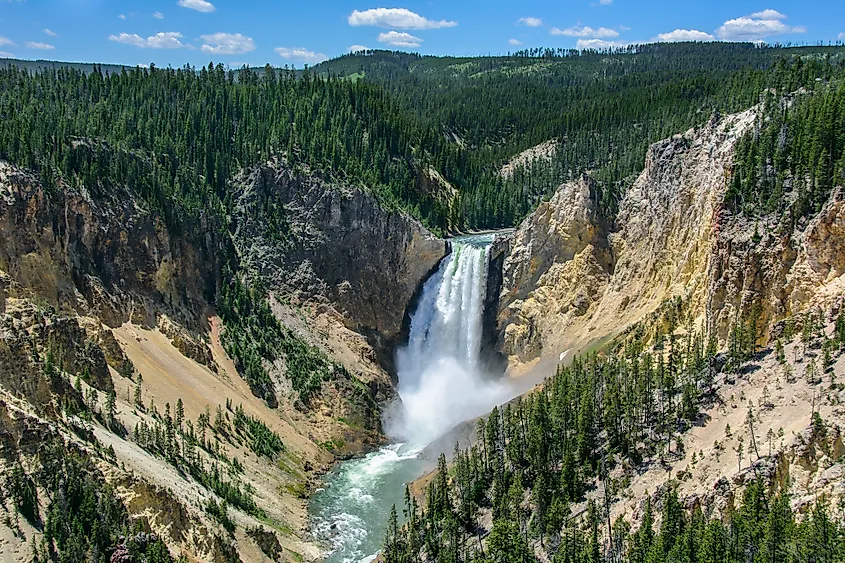
It is estimated that the Yellowstone National Park features more than 1,000 archaeological sites, 290 waterfalls, and over 400 active geysers. In addition to this, there are about 10,000 hydrothermal features in the park including hot springs, fumaroles, and mud pots. Some of the notable active geysers that are found in the park include Old Faithful Geyser, Steamboat Geyser, Beehive Geyser, Lion Geyser, and Castle Geyser. The Steamboat Geyser, located in the park’s Norris Geyser Basin, is the world’s largest active geyser. Some of the significant hot springs that are found here include the Grand Prismatic Springs, the Mammoth Hot Springs, Fountain Paint Pot, and Morning Glory Pool. There are three deep canyons in the national park. These include the Lewis Canyon carved by Lewis River, and the Grand Canyon of the Yellowstone as well as the Black Canyon of the Yellowstone which were carved by the Yellowstone River.
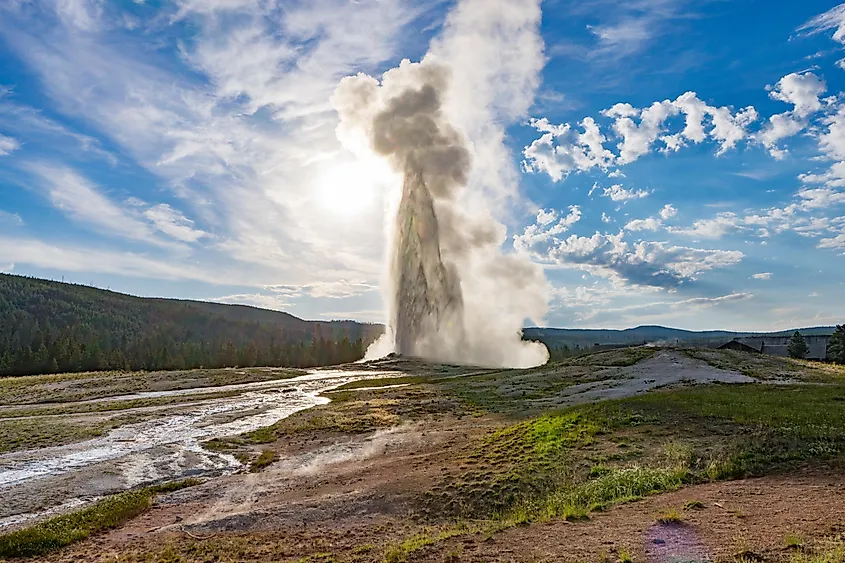
The volcanic field under the Yellowstone National Park produced many large volcanic eruptions that led to the formation of the Yellowstone Caldera, Island Park Caldera, and Henry’s Fork Caldera. The Yellowstone Caldera is regarded as one of the largest volcanic systems (or, supervolcanos) in the continent of North America. The park also contains many volcanic hotspots, which makes the region highly seismically active.
The climate of the Yellowstone National Park is highly influenced by the park’s location at high altitudes and its mountainous terrain. The average daytime temperatures during the summer months of June to September range between 21 to 27 °C, while the night temperatures reach about 0 °C at the higher altitudes. During the long and cold winter months, the daytime temperature varies between -20 to -5 °C and at night, the temperature falls to below -18 °C. Thunderstorms also frequently occur in the park during the summer months.
Wildlife
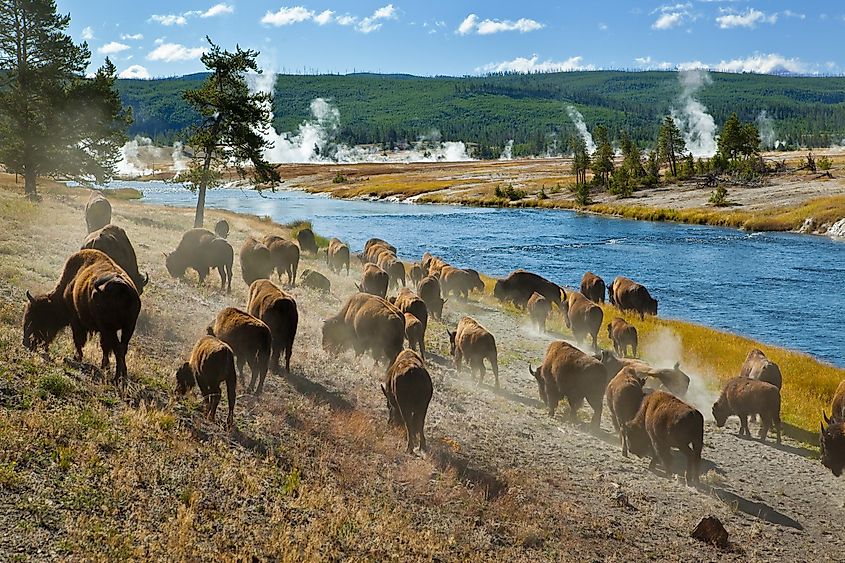
It is estimated that more than 1,700 species of trees are found in the Yellowstone National Park. Of these, there are 170 exotic floral species. About 80% of the total forest area is covered with Lodgepole Pine trees. Other conifer trees that are found here include Rocky Mountain Douglas-fir, Engelman spruce, subalpine fir, and whitebark pine. Deciduous trees like willows and aspen are also found. The Yellowstone sand verbena is an endemic rare flowering plant found on the shores of Yellowstone Lake.
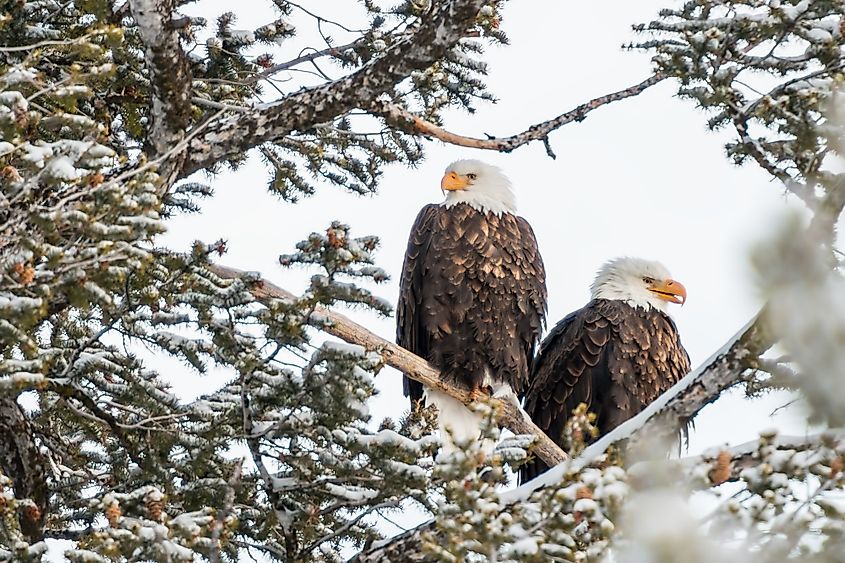
The Yellowstone National Park is considered the largest megafauna location in the continental United States. About 60 mammalian species like the American bison, Rocky Mountain wolf, grizzly bear, elk, coyote, mountain lion, pronghorn, Canadian lynx, mule deer, and bighorn sheep are found in the National Park. About 18 species of fish; seven species of reptiles including the valley garter snake, rattlesnake, and rubber boa; four species of amphibians such as the tiger salamander and Columbia spotted frog; and nearly 300 species of birds have found in the Yellowstone National Park.
Brief History
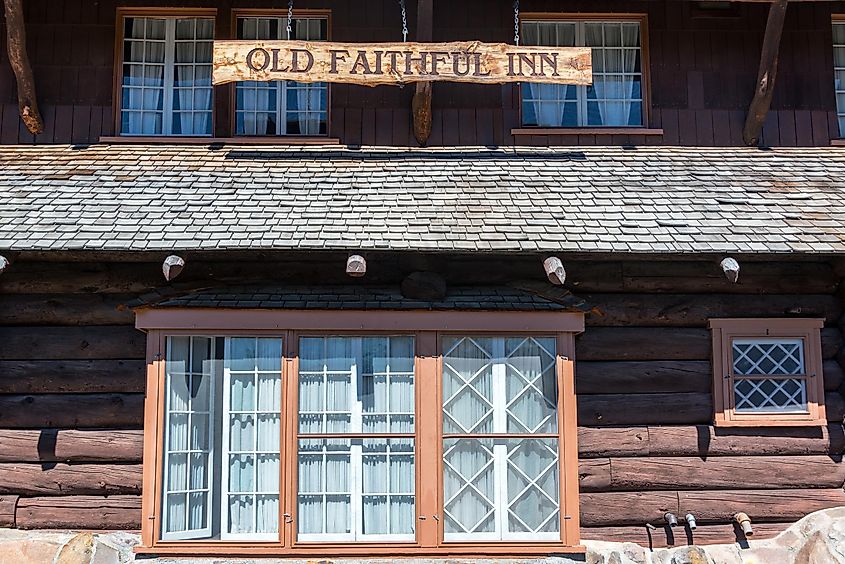
It is believed that the Yellowstone region was inhabited by Indigenous peoples for more than 11,000 years. In 1805, during the Lewis and Clark Expedition, the white explorers first entered the region where they were met by the Shoshone, Crow, and Nez Perce Indigenous tribes. In 1870, the Washburn-Langford-Doane Expedition was the first organized expedition for the exploration of the Yellowstone region. The American geologist Ferdinand V. Hayden finally explored the entire Yellowstone region in 1871. His detailed report, which also included several paintings and photographs of the area, largely helped to convince the members of the US Congress to protect the area as a National Park.
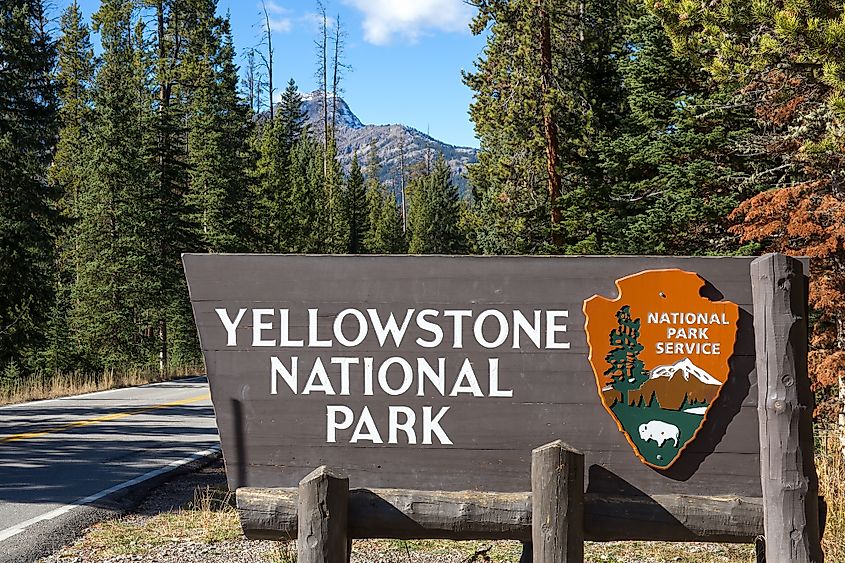
On March 1, 1872, US President Ulysses S. Grant signed The Act of Dedication which established the Yellowstone National Park. From 1886 to 1916, the park was managed by the US Army. After the creation of the National Park Service in 1916, the management of the Yellowstone National Park was handed over to the National Park Service, an agency of the US Department of Interior, on October 31, 1918.
